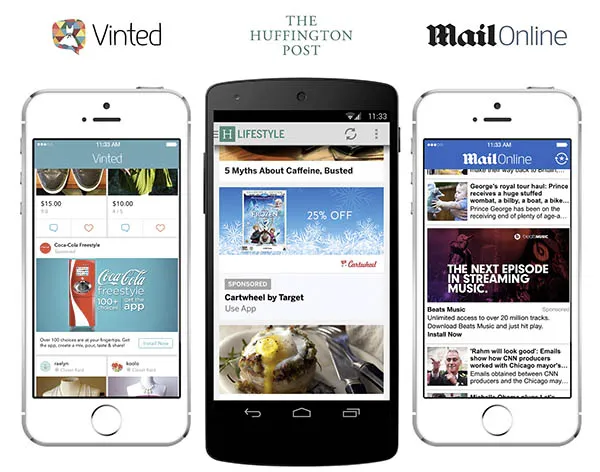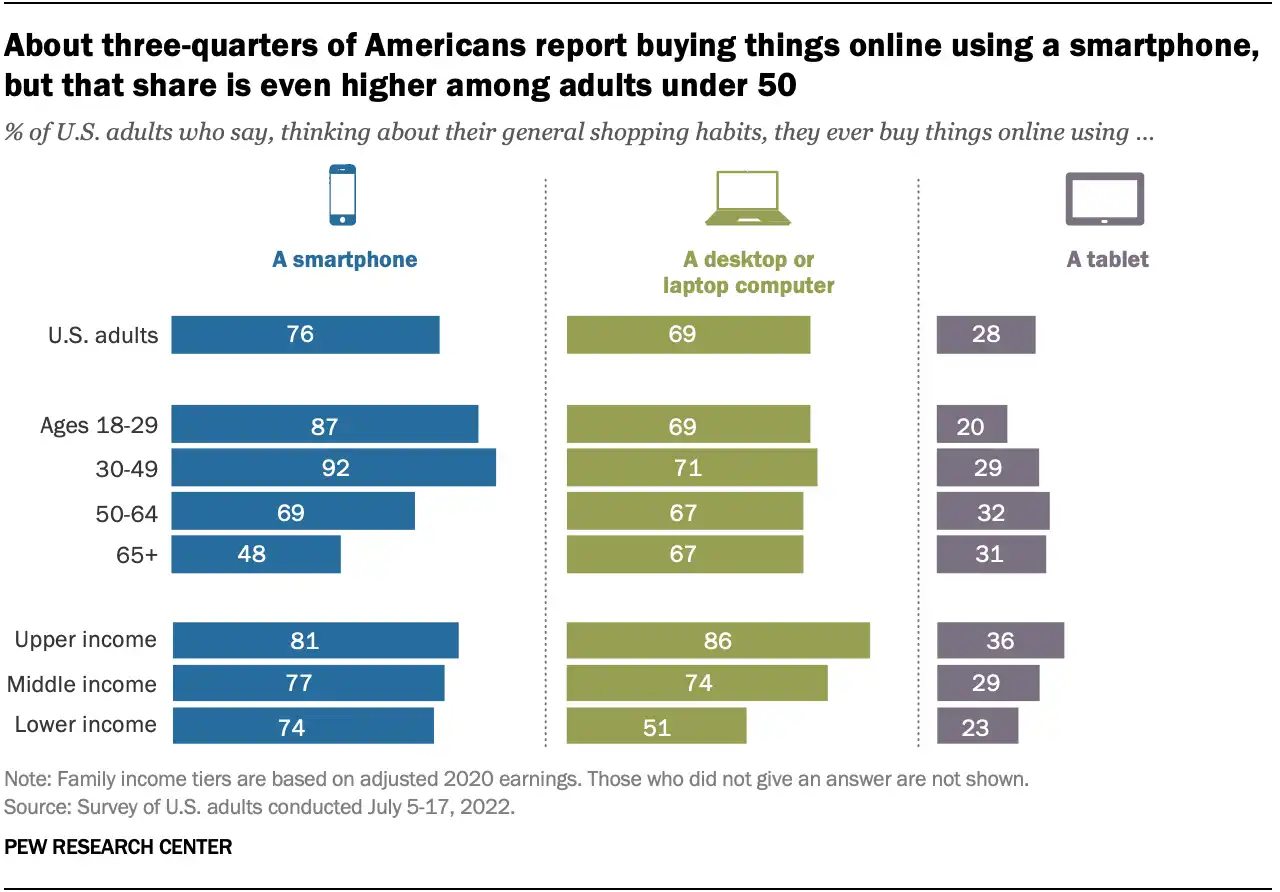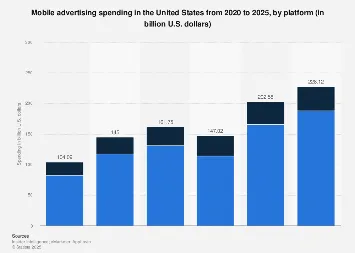In an era where smartphones are extensions of ourselves, mobile advertising has emerged as a powerful force reshaping how people discover, evaluate, and purchase products. This in-depth exploration examines the mechanisms behind mobile ads within ad networks, their profound effects on daily decision-making, and strategies for businesses to leverage this shift ethically, providing actionable insights for marketers navigating the 2025 digital ecosystem.
The Evolution of Mobile Advertising: From Banners to Immersive Experiences
Mobile advertising’s journey began with simple text-based promotions in the early 2000s, but by 2025, it has evolved into a sophisticated ecosystem driven by AI, location data, and interactive formats. Ad networks play a central role, aggregating inventory from apps and sites to deliver targeted messages that influence billions daily. Understanding this evolution is key for queries like “history of mobile advertising impact on consumers,” as it highlights how ads have transitioned from interruptions to personalized companions.
Early Milestones and Technological Leaps
Initial mobile ads were rudimentary, limited by bandwidth and screen size, but the advent of smartphones in 2007 sparked innovation. By 2010, location-based targeting allowed ads to appear based on proximity, altering behaviors like spontaneous store visits. Fast-forward to 2025, and 5G enables seamless video and AR integrations, making ads more engaging and influential on real-time decisions.
Role of Ad Networks in Scaling Influence
Ad networks facilitate this by connecting advertisers with vast audiences through programmatic bidding, ensuring ads reach users at optimal moments. This scalability has amplified mobile advertising’s reach, with global spend projected at $447 billion in 2025, comprising 56% of digital ad budgets. For businesses, this means more precise targeting, but for consumers, it translates to ads that anticipate needs, subtly guiding behaviors.
Key Influences of Mobile Advertising on Consumer Decision-Making
Mobile ads are reshaping how individuals process information and make choices, from impulse buys to long-term brand loyalties. Searches for “impact of mobile ads on consumer decisions 2025” reveal that 76% of U.S. adults use smartphones for online purchases, a habit amplified by targeted advertising. This section breaks down the psychological and practical shifts.
Personalization and Instant Gratification
Through data analytics, mobile ads deliver hyper-personalized content, fostering a sense of relevance that speeds up decision cycles. For instance, retargeting reminds users of abandoned carts, boosting conversions by 70% in some cases. Consumers now expect immediate solutions, with 61% preferring AR-enhanced ads for interactive previews, influencing choices in real-time.
Psychological Triggers in Mobile Ads
Ads exploit cognitive biases like scarcity (“Limited time offer”) and social proof (“Join 1M+ users”), prompting quicker actions. In 2025, AI refines these, making ads feel like helpful suggestions rather than sales pitches, thus embedding deeper into consumer routines.
Data-Driven Insights Shaping Preferences
Ad networks harness first-party data to predict behaviors, such as suggesting eco-friendly products to sustainability-conscious users. This not only changes what people buy but how they perceive brands, with 65% of sales now mobile-driven.
Transforming Shopping Habits Through Mobile Advertising
One of the most visible changes is in e-commerce, where mobile ads have turned browsing into buying. With 187.5 million U.S. users making mobile purchases in 2025, ads are pivotal in this shift. Long-tail searches like “how mobile advertising affects online shopping behavior” underscore this, as ads drive 60% of e-commerce traffic.
Rise of Impulse Purchases and Social Commerce
Mobile ads, especially on social platforms, encourage spur-of-the-moment buys, with social commerce penetrating 31% of markets by 2025. Features like shoppable posts reduce friction, leading consumers to spend more time—and money—via phones.
Location-Based Ads and In-Store Integration
Geofencing triggers ads when users near stores, blending online and offline worlds. This has increased foot traffic by 20-30%, altering habits from planned shopping to opportunistic discoveries.
Table: Mobile Ad Formats Influencing Shopping
| Format | Behavioral Impact | Example Use Case |
|---|---|---|
| In-App Ads | Boosts engagement by 89% | Gaming apps promoting quick buys |
| Video Ads | Increases recall by 22% | Product demos leading to carts |
| Push Notifications | Drives 70% open rates | Flash sales prompting immediate action |
| AR Experiences | Enhances trial, 61% preference | Virtual try-ons for fashion |
Effects on Information Seeking and Social Interactions
Beyond shopping, mobile advertising influences how consumers seek knowledge and connect socially. With video content dominating, ads interspersed in feeds shape opinions and interactions.
Curating Information Flows
Ads guide users to content, affecting what they learn. For “mobile ads changing consumer information habits,” note that 75% of searches start on mobile, often interrupted by relevant ads that redirect focus.
Social Dynamics and User-Generated Content
Ads promote sharing, amplifying peer influences. In 2025, user-generated ads boost trust, with 89% of consumers valuing authenticity, reshaping social norms around brand endorsements.
Future Trends: AI, AR, and Ethical Shifts in Mobile Advertising
Looking ahead, mobile advertising will deepen its behavioral impact through emerging tech. Projections for “future trends mobile advertising consumer behavior 2025” include AI personalization and AR, with in-app ads capturing 81.9% of spend.
AI and Predictive Advertising
AI will anticipate needs, potentially reducing decision fatigue but raising privacy concerns. By 2025, algorithmic management will optimize campaigns for behavioral nudges.
AR/VR Integration for Immersive Experiences
AR ads allow virtual interactions, with 61% consumer preference driving adoption. This could transform behaviors, making ads experiential rather than observational.
Case Studies: Real-World Behavioral Changes Driven by Mobile Ads
Examining successes provides tangible insights. A retail brand using in-app ads saw a 25% uplift in mobile sales, as personalized pushes influenced impulse decisions. Another, in banking, leveraged trust-focused mobile campaigns, shifting consumer preferences toward digital services.
Lessons from Global Campaigns
In Saudi Arabia, mobile strategies enhanced buying preferences, demonstrating cultural adaptations in ad influence.
Ad Policies and Responsible Advertising Practices
To maintain trust, ad networks enforce policies promoting ethical mobile advertising. Responsible practices ensure ads respect privacy and avoid manipulation.
Compliance with Privacy Regulations
Adhere to CCPA and GDPR, using consent-based targeting to build positive behaviors rather than exploit them.
Promoting Inclusivity and Sustainability
Encourage diverse, eco-conscious ads, which resonate with 15% more users, fostering responsible consumption habits.
Measuring the Impact: Metrics for Behavioral Change
Track engagement (43%), conversions (30%), and sentiment to quantify shifts. Tools in ad networks provide insights, with ROAS often exceeding 4:1 for well-targeted campaigns.
Most Trusted Platforms for Mobile Advertising Success
Leverage these reliable networks for ethical, effective campaigns:
- Google Ads: Leading in programmatic mobile targeting, perfect for driving personalized consumer interactions with robust analytics.
- Meta Ads: Excels in social mobile ads, helping brands influence behaviors through engaging, community-driven content.
- Amazon Advertising: Ideal for e-commerce-focused mobile campaigns, using shopper data to shape buying habits seamlessly.
For more information on optimizing your mobile strategies, visit TrafficBets.
Frequently Asked Questions (FAQs)
How does mobile advertising influence daily consumer decisions in 2025?
It personalizes experiences, speeding up choices with targeted suggestions, leading to 76% mobile purchase adoption.
What are the key trends in mobile advertising affecting behavior?
AI, AR, and privacy-first approaches are prominent, with in-app ads dominating spend.
Can small businesses benefit from mobile advertising networks?
Yes, with low barriers, they can achieve 89% higher engagement.
What ethical considerations should guide mobile ad campaigns?
Focus on transparency and inclusivity to avoid negative behavioral impacts.
How will AR change consumer interactions with mobile ads?
By offering immersive trials, increasing preference and conversion rates significantly.
Conclusion: Navigating the Mobile-Driven Consumer Landscape
Mobile advertising continues to redefine consumer behavior, blending convenience with influence in profound ways. By embracing ethical practices and emerging trends, businesses can foster positive changes while driving growth. Explore advanced strategies at TrafficBets to stay ahead in this dynamic age.




